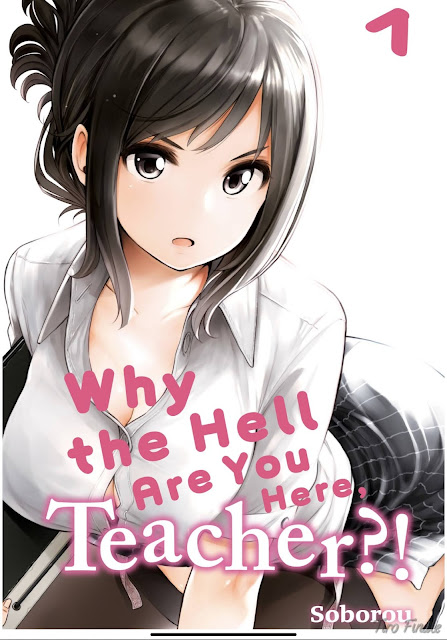A Visit to Hiroshima: Part 1
Hello everyone and welcome back to another one of our travel diaries here on Tiro Finale. Following our recent trip to Aomori, we decided to follow it up with another visit to another part of Japan. This time, one with more modern historical significance, Hiroshima.
Most of you would already know the story of the first two nuclear bombs dropped on Hiroshima and Nagasaki which marked the end of the second World War campaign for Japan. Since that tragic event some seven decades ago, Hiroshima had once again risen from its ashes to become one of the most bustling cities in Japan.
Regardless of how far it moves forward though, Hiroshima will never cease to be haunted by the ghost of its past. One such monument which brings to light the horrors the city-folk of Hiroshima faced on that fated morning is the A-Bomb Dome, one of the few remaining building standing following the bombing. Almost paradoxically, the building survived because it was located closest to the hypocenter of the bomb's explosion.
Originally serving as a municipal building, the A-Bomb Dome has gone on to be known as it is due to its iconic dome. After all these years, it is one of the few buildings still standing with the few surviving buildings having been taken done.
While the building serves as a painful reminder of Hiroshima's past, it also serves as an important lesson of the devastation that nuclear weapons have on human livelihood. To emphasize this point further, the plot of land located next to the A-Bomb Dome has been designated as the Peace Memorial Park.
Throughout the park, there are various memorials dedicated to lives who were lost as a result of the bombing. This particular monument was dedicated to the lives of children who were lost as a result of the bombing.
The main attraction of the Peace Memorial Park is the large museum located in the center of the park. As of time of visit, the museum was currently under renovation with the main center wing being closed off to upgrades. This would be the case for several more years. Fortunately, the side wing's renovations have been completed and are open to visitors.
All throughout the park and the museum, important reminders are place everywhere to promote the world without nuclear arms. One such unique reminder is this "nuclear" clock which keeps track of the world's nuclear arms use. Ever time a nuclear weapon is used/tested, the clock resets.
For a small fee, visitors are allowed to take a look at the permanent exhibits of the museum. Temporary exhibits, on the other hand, is free for all.
In terms of exhibits, there are plenty to see and read about with detailed documents translated in various languages. If desired, visitors can even spend an entire day in the museum due to the sheer amount of material to go over in the museum.
Aside from documents and videos, there are also several relics recovered after the blast. Most were vaporized immediately by the immense heat of the bomb but, some did manage to survive such as this wristwatch which was stopped exactly at the time of the blast.
Having occurred so many years ago, it is often difficult to recount the horrors of the past. But, personally, I think the Peace Memorial Museum paints a very vivid picture of just how cataclysmic the events were that unfolded in Hiroshima all these years back.
Despite all that, the citizens of Hiroshima have never let that put them down as the city has since been rebuild into one of the largest economic centers of Japan. More than that, the city had not forgotten about its history and tradition prior to the war.
With that, we come to end of our first part coverage on Hiroshima. Stay tuned as there are still two more parts to go, one of it featuring the hobby-centered part of Hiroshima. Until then, thank you so much for reading and have yourself a wonderful day ahead!
















Comments
Post a Comment